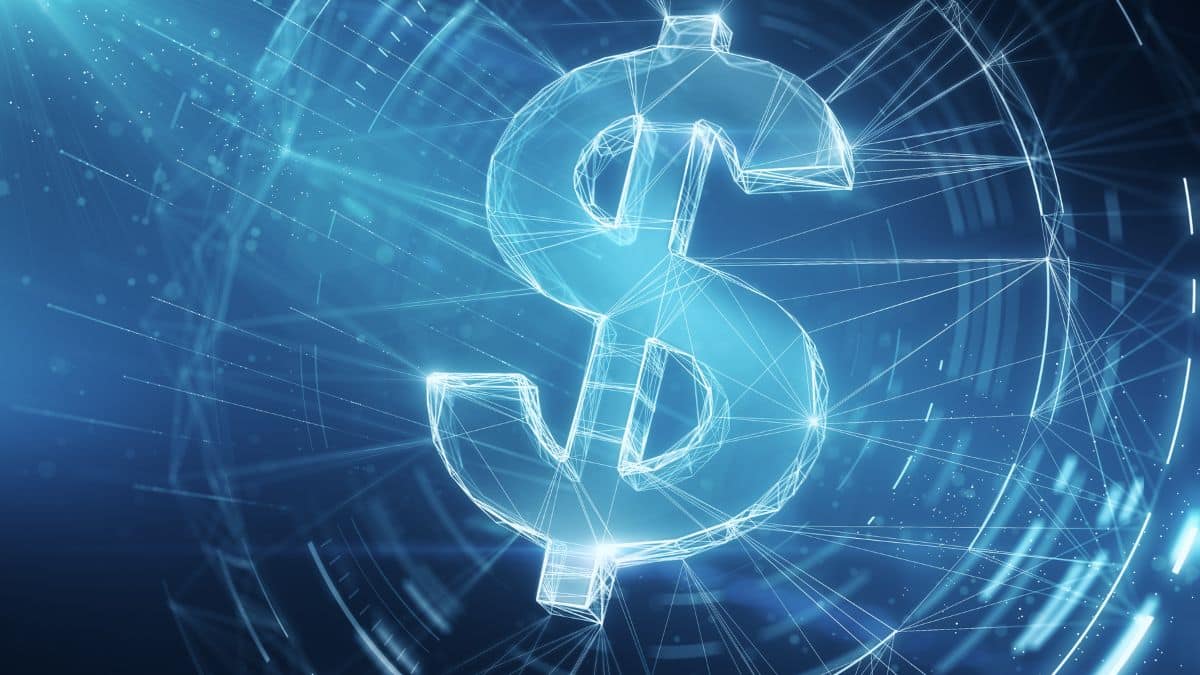
Digital Dollar Project exhorte les autorités américaines à travailler sur une CBDC
- Le Digital Dollar Project (DDP) a demandé aux autorités américaines de travailler au développement d'une CBDC.
- Une version étendue du livre blanc a été publiée par DDP qui se concentre sur l'utilisation du dollar numérique au niveau international.
- Les projets CBDC dans le monde sont passés de 35 à 114 depuis mai 2020 et DDP s'attend à une augmentation exponentielle au cours des 12 à 24 prochains mois.
- DDP souhaite que les États-Unis jouent un rôle de premier plan dans “ l’établissement de normes internationales en matière de monnaie numérique, qu’ils décident ou non de déployer un dollar numérique ”.”
Le développement des monnaies numériques des banques centrales (CBDC) se poursuit à un rythme rapide, des pays comme la Chine et l'Inde apportant leurs monnaies fiduciaires basées sur la blockchain à un public plus large. À la suite de cela, le Digital Dollar Project (DDP), un partenariat entre Accenture et la Digital Dollar Foundation pour faire avancer l'exploration d'une CBDC aux États-Unis, a demandé aux autorités américaines de travailler au développement d'une CBDC.
Le Digital Dollar Project a publié un nouvelle version Le 18 janvier, DDP a publié un livre blanc intitulé “ Exploring a US CBDC ” (Exploration d'une monnaie numérique de banque centrale américaine), qui développait le document initial et mettait davantage l'accent sur l'utilisation du dollar numérique à l'échelle internationale. Cependant, ce livre blanc reste principalement centré sur les États-Unis. Il est important de noter que DDP a introduit le “ modèle de champion ” d'une monnaie numérique de banque centrale de gros et de détail intermédiée en mai 2020, au moment où l'adoption des cryptomonnaies gagnait du terrain.
Depuis la publication initiale du document, les projets CBDC dans le monde sont passés de 35 à 114, et le Digital Dollar Project a discuté des avancées technologiques réalisées ces dernières années tout en conservant les politiques monétaires et de confidentialité du modèle champion. Il a également été prédit que le déploiement mondial des CBDC augmenterait de façon exponentielle au cours des 12 à 24 prochains mois.
Fondamentalement, l'auteur a averti dans le livre blanc étendu que les États-Unis prenaient du retard en ce qui concerne le développement de la CBDC et a appelé à une action immédiate à ce sujet.
“ Le gouvernement américain devrait accroître ses investissements et ses activités de recherche et d’exploration des avantages et des défis d’un dollar numérique tokenisé, notamment en tirant parti de partenariats public-privé transparents et novateurs pour repenser les “ rouages ” potentiels d’un tel système et évaluer des solutions permettant de préserver toutes les formes de vie privée tout en équilibrant les besoins de sécurité ”, peut-on lire dans le livre blanc.
Le Digital Dollar Project a également demandé aux États-Unis de jouer un rôle moteur dans l’établissement des normes internationales en matière de monnaie numérique, qu’ils décident ou non de déployer un dollar numérique. Cette déclaration fait suite au constat que 11 pays ou unions monétaires – les Bahamas, le Nigeria, la Jamaïque et la Banque centrale des Caraïbes orientales – ont déployé une monnaie numérique de banque centrale (MNBC), tandis que les États-Unis n’ont pas encore développé de dollar numérique.
Comme indiqué précédemment par Bitnation, la Bank of America a déclaré que les monnaies numériques telles que les pièces stables et les CBDC sont l'évolution naturelle de l'argent et du paiement ajoutant que ces monnaies numériques “ pourraient jouer un rôle dans la définition de la monnaie à l'avenir ”.”
Alkesh Shah, analyste chez Bank of America, a déclaré que “ les monnaies numériques de banque centrale (MNBC) ne changent pas la définition de la monnaie, mais modifieront probablement la manière et le moment où la valeur est transférée au cours des 15 prochaines années ”, tout en ajoutant qu'elles ont le “ potentiel de révolutionner les systèmes financiers mondiaux et pourraient constituer l'avancée technologique la plus importante de l'histoire de la monnaie ”.”







